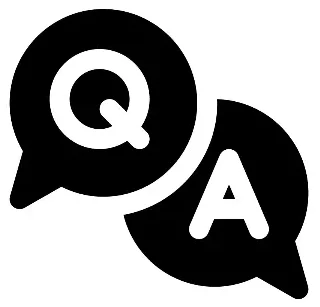Module 4: Choreography and Orchestration
Looking for ‘Service Orchestration and Choreography on Google Cloud Module 4 Answers’?
In this post, I provide complete, accurate, and detailed explanations for the answers to Module 4: Choreography and Orchestration of Course 4: Service Orchestration and Choreography on Google Cloud – Preparing for Google Cloud Certification: Cloud Developer Professional Certificate
Whether you’re preparing for quizzes or brushing up on your knowledge, these insights will help you master the concepts effectively. Let’s dive into the correct answers and detailed explanations for each question!
Choreography and Orchestration
Graded Assignment
1. Which of the following are benefits of the service choreography pattern? Select two.
- Services are loosely coupled. ✅

- Business logic is easy to understand.
- An event producer maintains full control over downstream operations.
- Service choreography allows for decentralized control. ✅

Explanation:
- Loosely coupled services → Each service reacts to events without direct dependencies on other services.
- Decentralized control → No central orchestrator; services react based on predefined rules, making the system more scalable and flexible.
2. Which of the following are features of Eventarc? Select two.
- Applications handle events by monitoring the events that are published to an event queue.
- Pub/Sub is the transport layer. ✅

- Event formats are flexible as long as the formatting is identical for all events of a particular type.
- Eventarc can generate events for entries written to Cloud Audit Logs. ✅

Explanation:
- Eventarc uses Pub/Sub to deliver events between services.
- Cloud Audit Logs integration allows capturing important actions for monitoring and security.
3. Which of the following are features of Workflows? Select two.
- A workflow provides a decentralized view of event communication.
- Workflows supports long-running processes. ✅

- The state of each workflow execution is observable. ✅

- A workflow is appropriate only for simple business processes.
Explanation:
- Long-running process support → Workflows can manage complex, multi-step business processes over time.
- Execution state observability → Each execution has logs and monitoring, making debugging easier.
4. Which of the following are features of Cloud Tasks? Select two.
- The creator of a task has no control over which endpoint receives the task.
- HTTP destinations may be called by automatically attaching a token for the Cloud Tasks service account.
- Tasks can be scheduled for delivery at a future time. ✅

- At-least-once delivery is guaranteed. ✅

Explanation:
- Scheduled task execution allows you to delay execution until a specified time.
- At-least-once delivery ensures that tasks are not lost, even if they need to be retried.
Related contents:
Module 2: Introduction to Microservices
Module 3: Event-Driven Applications
You might also like:
Course 2: Google Cloud Fundamentals: Core Infrastructure
Course 3: Developing Applications with Google Cloud: Foundations
Course 5: Developing Applications with Cloud Run Functions on Google Cloud
Course 6: Developing Containerized Applications on Google Cloud
Course 7: Developing Applications with Cloud Run on Google Cloud: Fundamentals
Course 8: Integrating Applications with Gemini 1.0 Pro on Google Cloud
